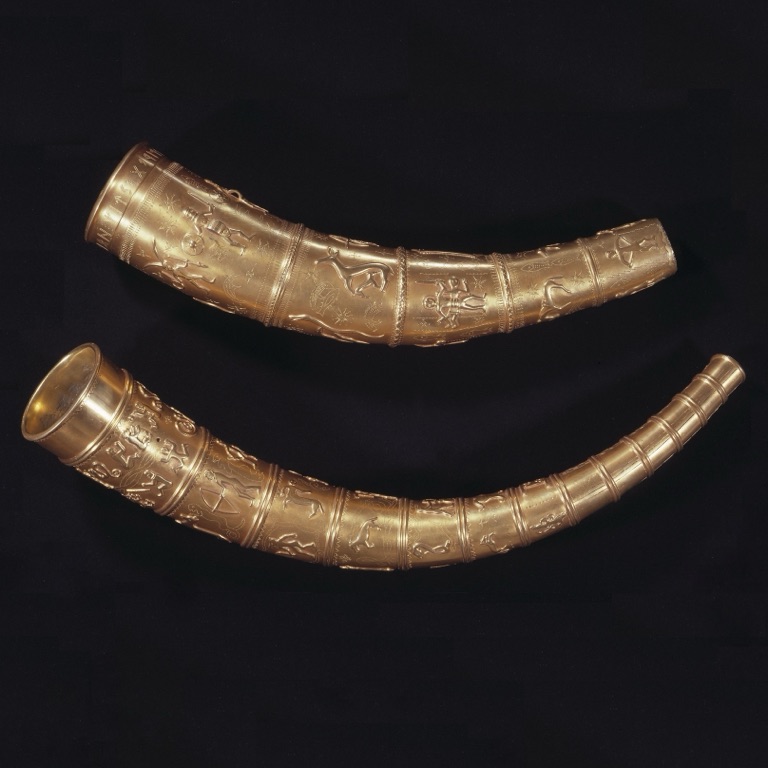The Golden Horns of Gallehus were two magnificent horns made of gold, discovered in Denmark. They date back to the early 5th century AD. The horns were intricately decorated with figures and runic inscriptions. Sadly, they were stolen and melted down in the 19th century. Replicas and detailed drawings remain, allowing us to appreciate their…
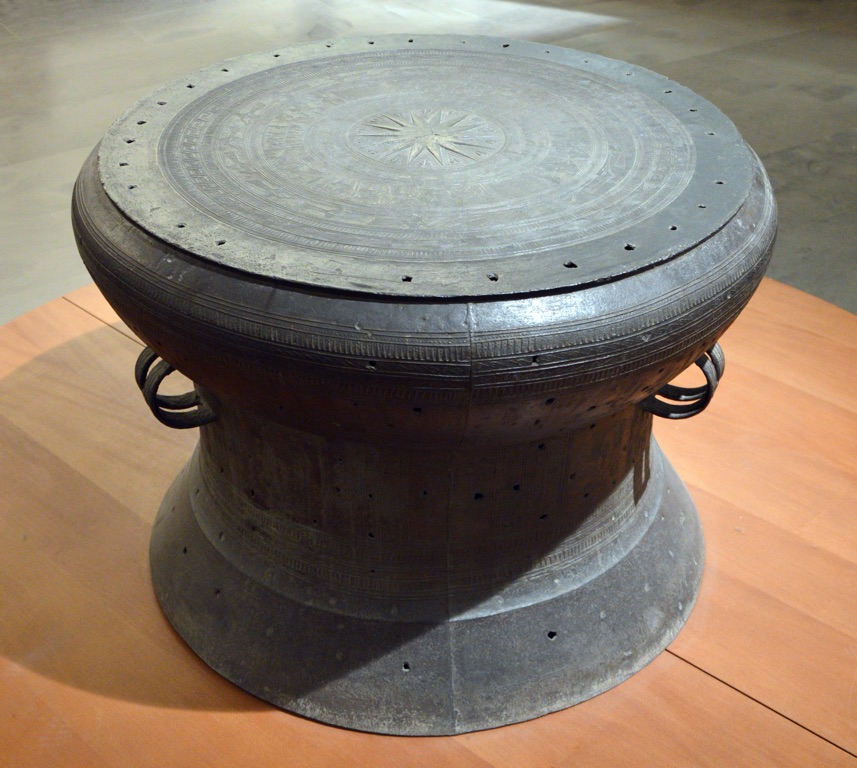
Dong Son drum
The Dong Son drum is an iconic artifact of Southeast Asia, representing a rich cultural heritage. These bronze drums were produced by the Dong Son culture, which flourished in Northern Vietnam from around 600 BCE to the first few centuries CE. They are renowned for their intricate patterns and designs, which often depict scenes of…
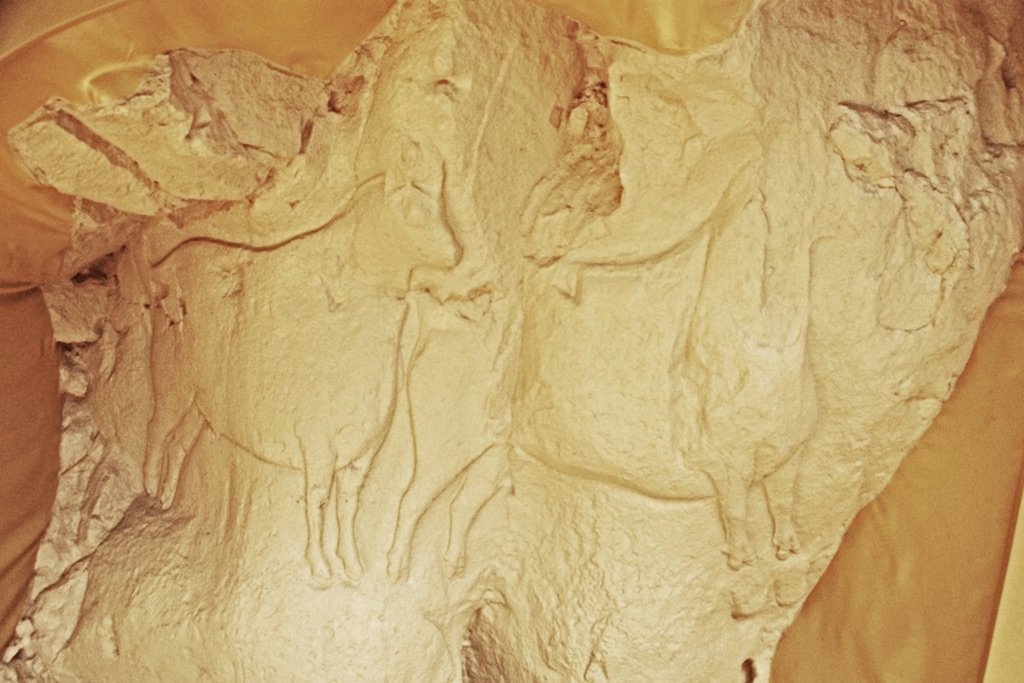
RocSorciers
The Roc-aux-Sorciers is an Upper Paleolithic rock shelter site famous for its engravings and relief sculptures. Discovered in 1950, it’s often referred to as the “Sistine Chapel of Prehistory.” The artworks date back to around 14,000 years ago, providing insight into the lives and beliefs of our prehistoric ancestors. This site is a significant archaeological…
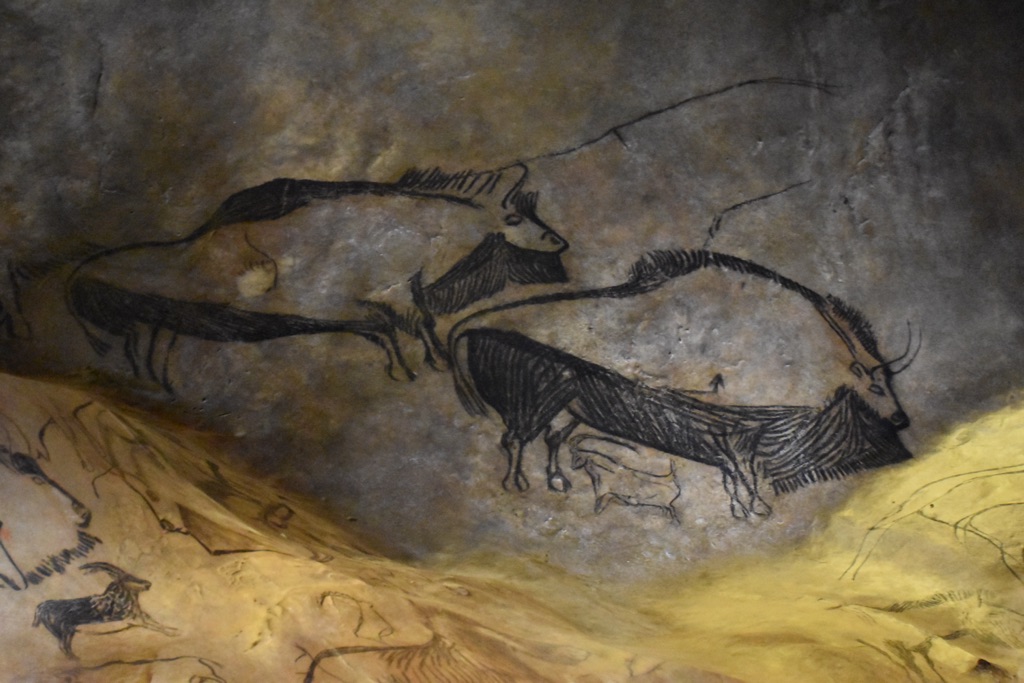
Grotte de Niaux
The Grotte de Niaux is a cave in the French Pyrenees known for its prehistoric cave paintings. These artworks are remarkable examples of Paleolithic art, showcasing the skill and creativity of our ancestors. The cave is part of a larger network of caves in the region, which served as a canvas for ancient humans. The…
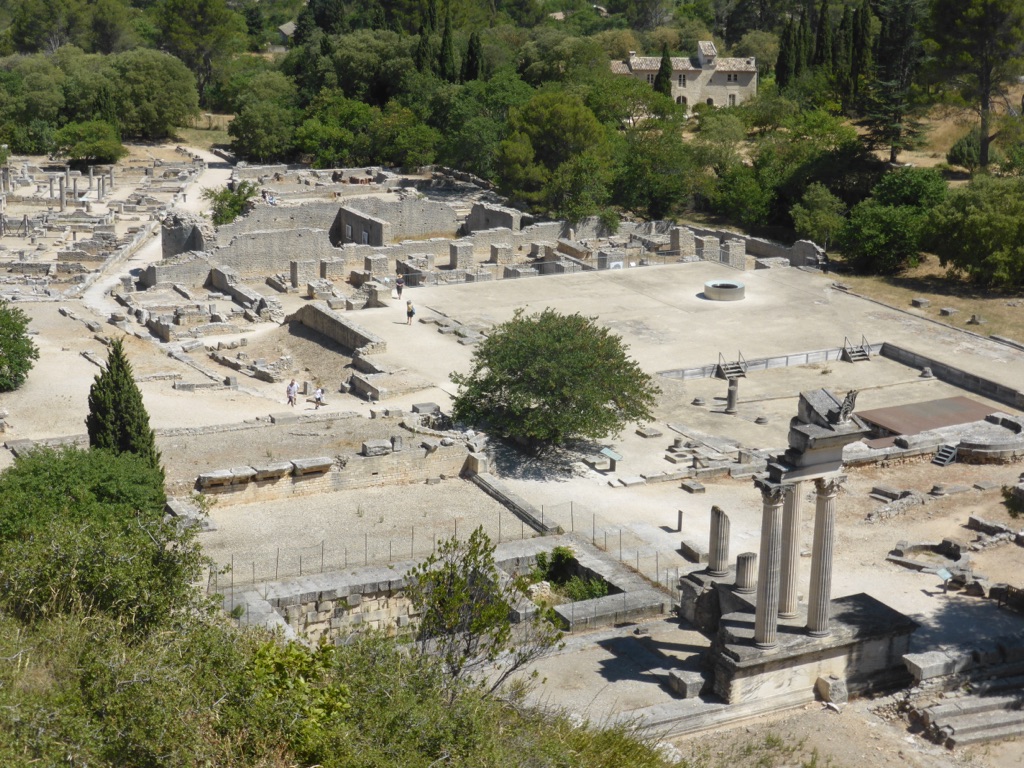
Glanum
Glanum was an ancient city near present-day Saint-Rémy-de-Provence in southern France. Founded by a Celto-Ligurian people known as the Salyens in the 6th century BCE, it became a prosperous city under Greek influence. Later, it flourished under Roman rule before being abandoned after the fall of the Roman Empire. Today, it’s renowned for its well-preserved ruins, including a triumphal arch, a mausoleum, and extensive residential areas that offer a glimpse into the past.
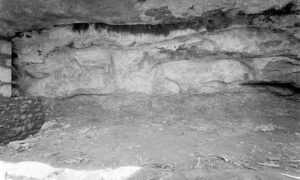
Abri de Cap Blanc (Cap Blanc Rock Shelter)
The Abri de Cap Blanc is a prehistoric rock shelter located in the Dordogne region of France. It boasts a remarkable frieze of prehistoric sculptures dating back to the Upper Paleolithic period. The site is renowned for its detailed carvings of horses, bison, and human figures, which provide invaluable insights into the lives and artistic expressions of early humans. Recognized for its historical significance, Abri de Cap Blanc has been designated a UNESCO World Heritage Site as part of the Prehistoric Sites and Decorated Caves of the Vézère Valley.

